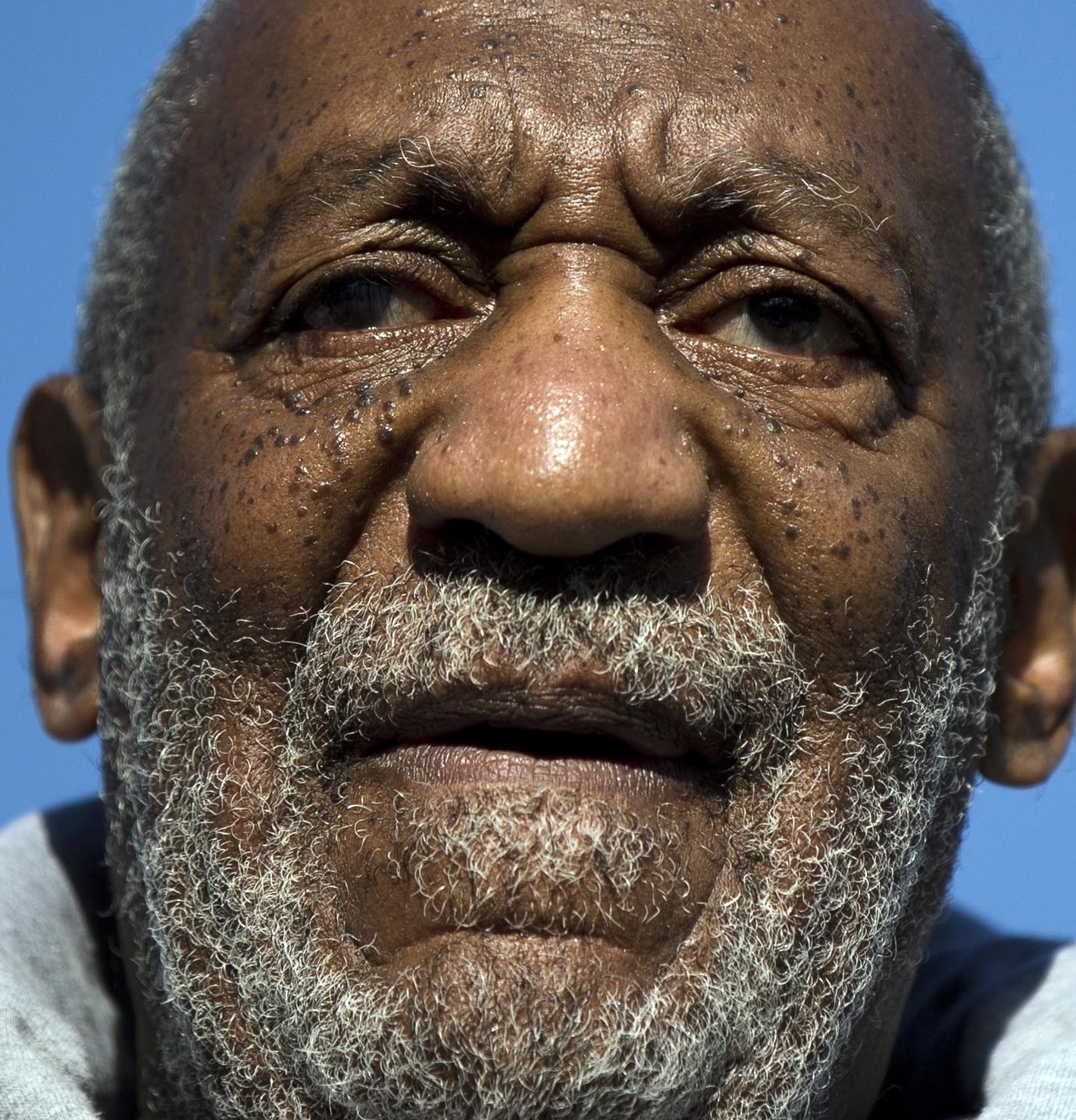Cosby testimony puts ‘70s party drug quaaludes back in news
Before there was Molly there was the quaalude, the most popular party drug of the 1970s. It was also, as we now know, the one Bill Cosby kept on hand to give to young women he wanted to have sex with. In 10-year-old testimony uncovered this week, Cosby said he would offer the drug “the same as a person would say, 'Have a drink.’" He never tried to sneak any of it into someone’s drink, he added, as many others did during those years. But when asked whether a woman who accused him of drugging and sexually assaulting her in 1976 could have resisted him while on quaaludes, he replied, "I don’t know." One thing is certain: The drug, outlawed in the United States since 1982, was hugely popular 40 years ago. People routinely swallowed it with their drinks at nightclubs from coast to coast.
Quaalude accounted for less than 2 percent of our sales but created 98 percent of our headaches.
the chairman of the William H. Rorer pharmaceuticals company told The Associated Press in 1981
The 13-year-old girl with whom Roman Polanski pleaded guilty to having unlawful sexual intercourse in 1977 said the Oscar-winning director plied her with champagne and half a quaalude before raping her at Jack Nicholson’s house. Polanski fled to France in 1978 to avoid a long prison sentence and continues to live there as a fugitive. The drug, synthesized in the 1950s, was originally intended as an anti-malarial treatment, says James Adams, associate professor at the University of Southern California School of Pharmacy. When doctors discovered what a great painkiller and sleep aid it appeared to be, they prescribed it for that instead. Soon, people discovered that it also released sexual inhibitions, particularly in men, and that when mixed with alcohol it produced a mellow euphoria. It’s still legal with a prescription in Mexico, but until Cosby’s testimony it seemed to have become the forgotten party drug among American millennials.
Party drugs…come and go in waves. MDMA is another drug from the '60s that used to be really popular and went out of popularity and then came back.
James Adams, associate professor at the University of Southern California School of Pharmacy

Celebrity bill cosby